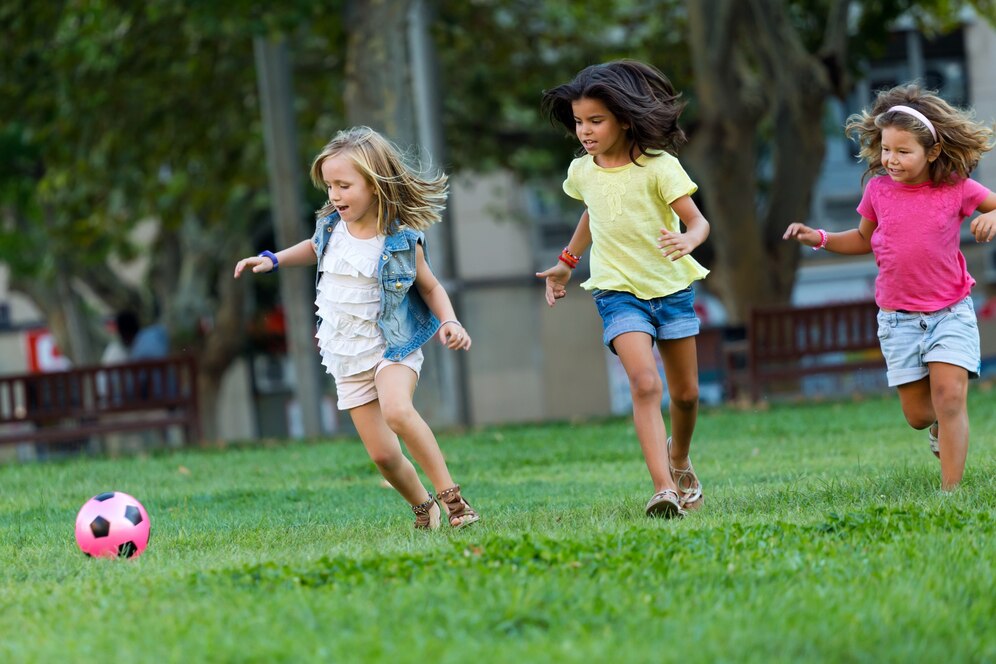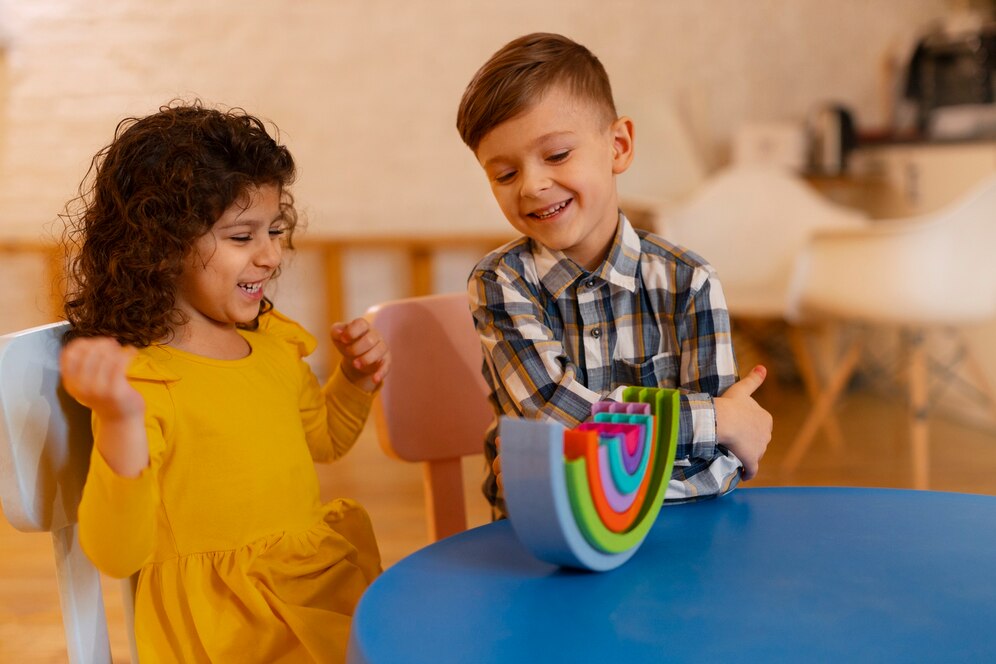Introduction
In an age dominated by screens and sedentary activities, ensuring that children stay physically active is crucial for their holistic development. This guide explores the significance of keeping children active and the multitude of benefits it offers. From physical health to cognitive development, discover why an active lifestyle is key for your child’s well-being.
Understanding the Importance: Physical Activity for Kids

Building Strong Foundations
Explore how physical activity contributes to the development of strong bones and muscles in children. Understand the role of exercise in laying the foundation for a healthy and active life.
Enhancing Cardiovascular Health
Delve into the positive impact of physical activity on cardiovascular health. Learn how regular exercise can improve heart health, reduce the risk of obesity, and foster overall well-being.
Developing Motor Skills
Discover the connection between physical activity and the development of essential motor skills. From running and jumping to fine motor skills, understand how play contributes to a child’s physical capabilities.
The Cognitive Connection: How Activity Boosts Brain Power

Improving Concentration and Focus
Uncover the link between physical activity and enhanced cognitive function. Learn how regular exercise can improve a child’s ability to concentrate, stay focused, and excel academically.
Boosting Memory and Learning
Explore the cognitive benefits of keeping children physically active. From improved memory retention to better learning outcomes, understand how exercise positively impacts brain function.
Fostering Emotional Well-being
Dive into the emotional benefits of physical activity. Explore how exercise helps regulate emotions, reduce stress, and contribute to a positive mental outlook in children.
Practical Tips for Keeping Kids Active

Making Fitness Fun
Discover creative ways to make fitness enjoyable for children. From interactive games to family activities, find inspiration to make staying active a fun and engaging experience.
Balancing Screen Time
Navigate the challenges of excessive screen time and sedentary activities. Learn effective strategies to strike a balance and encourage outdoor play and physical exploration.
Incorporating Activity into Daily Life
Explore practical tips for seamlessly integrating physical activity into a child’s daily routine. From active commuting to family outings, discover ways to make movement a natural part of life.
Frequently Asked Questions
Q1. How Much Physical Activity Do Children Need Daily?
Children aged 6-17 should engage in at least 60 minutes of moderate-to-vigorous physical activity daily. This can include activities like running, biking, or playing sports.
Q2. Can Physical Activity Improve Academic Performance?
Yes, research suggests that regular physical activity can enhance cognitive function, leading to improved academic performance and better concentration in children.
Q3. What Role Does Outdoor Play Have in Physical Development?
Outdoor play is crucial for physical development as it allows children to engage in activities that enhance motor skills, coordination, and overall physical fitness.
Post Disclaimer
The information contained in this post is for general information purposes only. The information is provided by Keeping Children Physically Active and the Benefits: A Guide for Parents and while we endeavour to keep the information up to date and correct, we make no representations or warranties of any kind, express or implied, about the completeness, accuracy, reliability, suitability or availability with respect to the website or the information, products, services, or related graphics contained on the post for any purpose.
